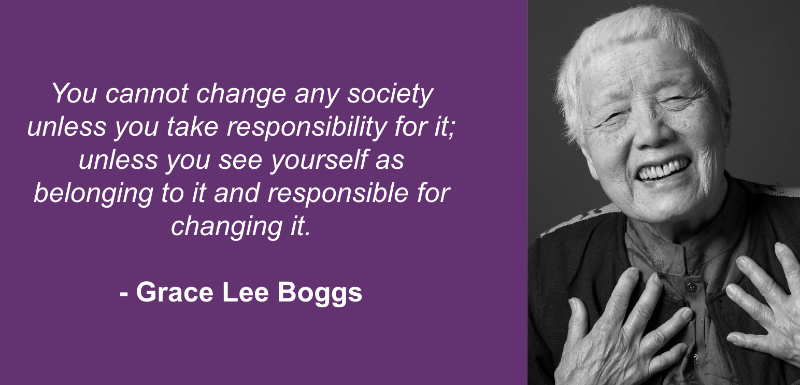The Relevance of Body Image Standards in Society
- Ron Jones

- Mar 4, 2022
- 4 min read
Updated: Mar 29, 2022
By Annabel Cooley

Everywhere you look, whether scrolling through a social media app, or simply ambling through town, body image expectations are pervasive. Its presence is blatantly ubiquitous, and takes many forms such as magazines, television, weight loss establishments, and more. Although it attempts to convince consumers that seeking to change their appearance is synonymous with a healthy life, its effects can be detrimental in reinforcing the idea that ‘thinner is better’.
Many individuals, particularly young women, associate weight with self-worth, I among them. This ideal is fueled by photoshopped and unrealistically thin models/actresses constantly broadcasted and celebrated for their size. On the other hand, celebrities with a “natural” body or who are not unreasonably skinny are bombarded with negative remarks and hate. One instance of this is with Britney Spears, where her first performance after a mental vacation provoked comments that she had ‘ballooned to a size 10’, and a New York Post article was even titled, “Lard and Clear”. Taylor Swift spiraled into an eating disorder that consumed her mental health after speculation that she was pregnant due to a not completely flat stomach. Her reward for finally recovering was being body shamed for the healthy weight that had returned to her. It is evident that a smaller body is equated with beauty, and a larger one with an unhealthy addiction to food. However, there are many instances of this assumption that are inaccurate.
Speaking from my own experience with an eating disorder, I have experienced the inequality of thin privilege. Despite my internal struggle to find self-worth, friends would dote over my appearance and strangers would view me with manifest envy. I was sucking in my breath, hiding meals at the bottom of the garbage can, even occasionally burying food in my backyard like an animal, constantly aware of my perception to others and always seeking the hollowness of hunger. Observations of my appearance during this time were positive and extremely supportive of my size. These body image stereotypes camouflaged in the clothes of a compliment only stroked the fire of my anorexia.
Particularly when an eating disorder influences someone with a not originally thin size, comments can substantially decrease one’s inner value. These individuals are specifically commended for their ‘dedication’ to weight loss by any means. While internally they endure the overwhelming pressure of retaining a weight that is both unhealthy and miserable, outsiders encourage it to continue. Once again, even innocent and unintentional statements may drastically influence the control of one’s eating disorder, and this fact is truly heartbreaking.
Furthermore, when one is suffering from an eating disorder, anorexia and bulimia are identified as only affecting thinner individuals, while the opposite is true for disorders such as binge eating disorder. This can cause people with a larger body type to avoid pursuing help based on the notion that only skinny people will starve themselves. This inherent issue is the reason that I aspire to spread eating disorder awareness and support the battles against the many methods that these disorders may take to enforce body expectations.
Eating Disorders, as a psychological and societal condition are acknowledged, but society has a poor concept of the condition until presented with a diagnosis. In order to challenge this unjust conception, natural body types must be honored and respected. Bodies should not be judged by cookie-cutter beauty standards, but instead should be acknowledged for their very productive usages in our lives. So, when you find a mirror staring back at you, see yourself as all that you can accomplish with yourself. Your body allows you to creatively express yourself through artistry, dance, athleticism, music, and all passions that you long to pursue. Your mind is part of the equation. What is the purpose of a so-called “good looking body” if it is in the confinement for a tortured mind and broken heart?
It is necessary that everyone, as a community, is willing to open up more and share knowledge and even fears with one another. This is, in part, why I am sharing this message. I am painfully aware there are far too many young women and men who suffer in isolation to attain a standard that is far from realistic for them and society as a whole.
To be manifest, a healthy body is the aim. That goal must be reinforced by loving and encouraging family members and friends. Additionally, consultation with medical, dietary, and counseling professionals is essential in helping to release oneself from this media-fabricated prison. I have linked to a few resources b
elow that I believe are helpful outlets to gain knowledge for change and support.
Although it may be cliché, keep in mind that our body parts are not defined by the amount of fat that may cover them, but rather what you do with them: walk, run, laugh, and live.
Citations:
Resources:
National Eating Disorder Association (NEDA) https://www.nationaleatingdisorders.org/body-image-0
The Body Positive https://thebodypositive.org/
The film "Embrace"
The Film "Fat Front"
Reflections on Body Dysmorphic Disorder: Stories of Courage, Determination and Hope by Nicole Schnakenberg




























Komentar